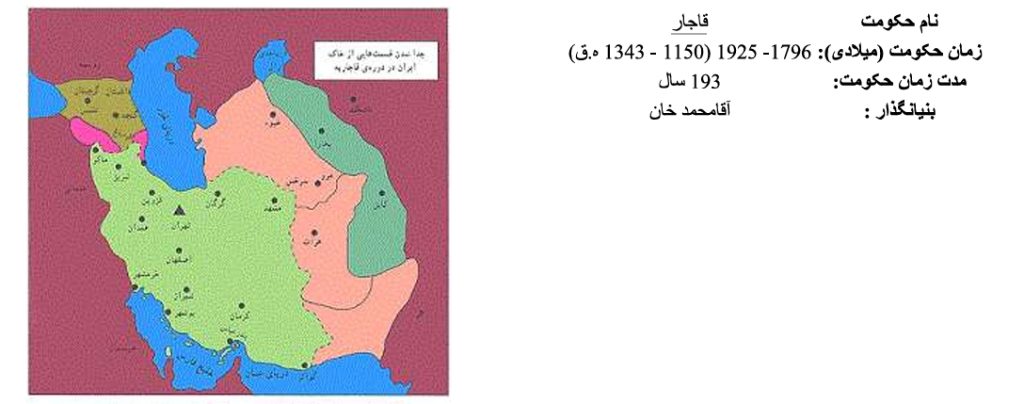The History of Persia
Summary of the Governments of Iran
This overview highlights the rich and complex history of governance in Iran, shaped by diverse cultures, dynasties, and socio-political transformations over thousands of years.
1- The Elamites (c. 2700–640 BCE)

The Elamite civilization flourished in southwestern Iran, establishing one of the earliest known states in the region. The Elamites developed a distinct culture and language, and their political organization included a series of kingdoms centered around the city of Susa. They engaged in trade and conflict with neighboring Mesopotamian states.

2- The Medes (c. 678–550 BCE)

The Medes united various Iranian tribes and established a significant empire, with Ekbatana as their capital. They played a crucial role in the downfall of the Assyrian Empire and laid the foundation for future Persian dominance.

3- The Achaemenid Empire (c. 550–330 BCE)

Founded by Cyrus the Great, the Achaemenid Empire became one of the largest empires in history, stretching from the Indus Valley to Egypt. It is known for its innovative administrative practices, infrastructure projects like the Royal Road, and the promotion of cultural tolerance. The empire fell to Alexander the Great.

4- The Seleucid Empire (c. 312–63 BCE)

After Alexander’s death, his empire fragmented, leading to the establishment of the Seleucid Empire in Persia. This period saw a fusion of Greek and Persian cultures but faced internal conflicts and external challenges, weakening its hold on the region.

5- The Parthian Empire (c. 247 BCE–224 CE)

The Parthians rose to power, creating a decentralized feudal system that maintained autonomy and traded along the Silk Road. They effectively resisted Roman expansion and played a pivotal role in the cultural exchange between East and West.

6- The Sassanian Empire (224–651 CE)

The Sassanians centralized power and revitalized Persian culture, establishing Zoroastrianism as the state religion. This period was marked by significant advancements in art, science, and literature, but ultimately succumbed to the Arab conquests.

7- Islamic Caliphates (651–1258 CE)



Following the Arab conquest, Iran became part of various caliphates. Despite the shift to Islam, Persian culture and language flourished, leading to a renaissance in literature and art, particularly during the Abbasid Caliphate.

8- The Seljuks (1037–1194 CE)

The Seljuks, a Turkic dynasty, established control over Iran, promoting Persian culture and contributing to the development of Persian literature and architecture. They expanded their influence throughout the Middle East.

9- The Ilkhanate Dynasty (1256–1335 CE)

The Mongol invasion devastated the region but led to the establishment of the Ilkhanate. This period saw cultural exchanges and the revival of Persian arts and literature, despite the initial destruction.

10- The Safavid Dynasty (1501–1736)

The Safavid era marked the establishment of Shi’a Islam as the state religion, unifying Iran and fostering a distinct Persian identity. This period is renowned for its cultural and artistic achievements, including significant advancements in architecture and literature.

11- The Qajar Dynasty (1789–1925)

The Qajar dynasty faced challenges from foreign powers and internal dissent, leading to significant political instability. Despite these challenges, there were efforts at modernization and cultural revival during this time.

12- The Pahlavi Dynasty (1925–1979)

Reza Shah Pahlavi initiated extensive modernization reforms, secularization, and centralization of power. His son, Mohammad Reza Shah, continued these efforts but faced growing opposition, culminating in the Iranian Revolution in 1979.

13- The Islamic Republic (1979–Present)

Following the revolution, Islamic Republic was established under the leadership of Ruhollah Khomeini, characterized by a theocratic government. This period has been marked by political repression, social transformation, and ongoing tensions with Western nations. The contemporary era has witnessed various challenges, including economic issues, demands for reform, and a search for a balance between tradition and modernity.


